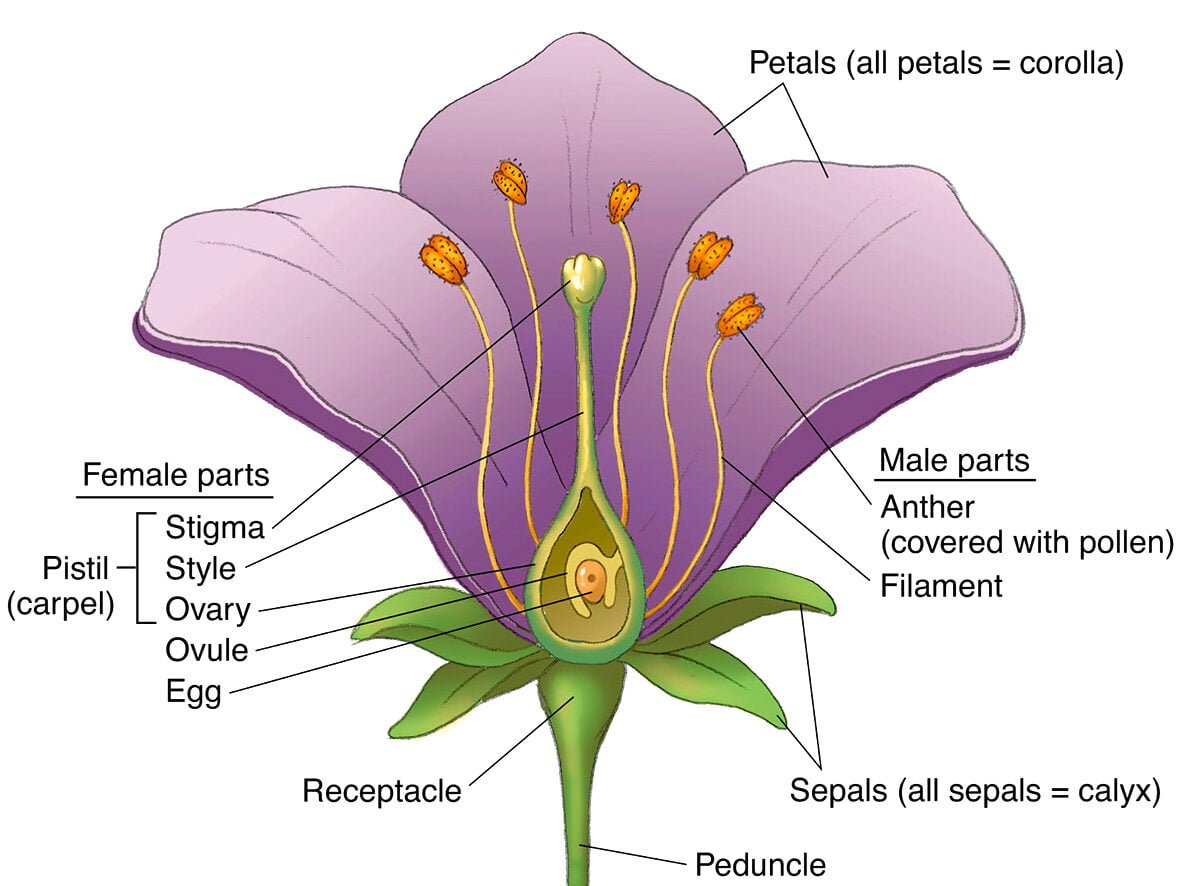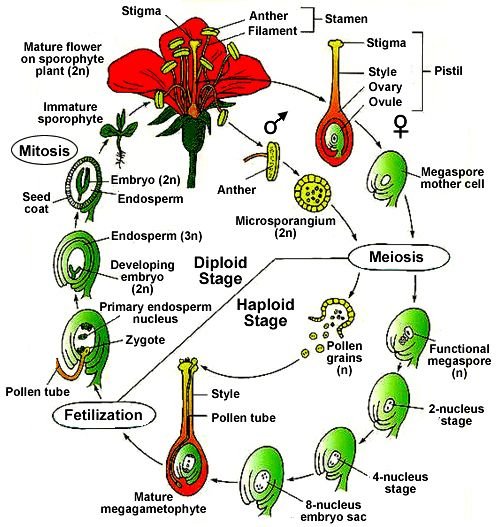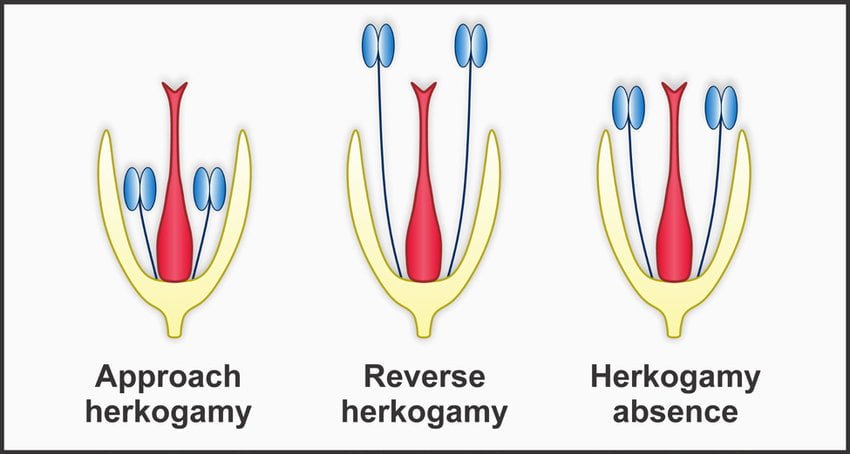
Current electricity class 12 notes:Flow of Electric Charges in Metallic Conductors
Unit 2 • Current ElectricityUnderstanding how electrons move through metals and the microscopic origin of electric current
Microscopic View of Current Flow
In metallic conductors, electric current results from the directional motion of free electrons under an applied electric field. Unlike in electrolytes, only electrons (negative charges) contribute to current flow in metals.
Metallic Structure
- Fixed positive ion cores in a lattice
- Sea of delocalized free electrons (~1 per atom)
- Electrons move randomly at high speeds (~106 m/s)
- Mean free path between collisions: ~10-8 m
Applied Electric Field
- Creates a net directional motion
- Superimposed on random thermal motion
- Results in slow drift velocity (∼10-4 m/s)
- Collisions with ions cause resistance
Why Positive Ions Don’t Move
The positive metal ions are fixed in the lattice structure and only vibrate about their mean positions. They cannot move through the conductor like electrons can. This is why current in metals is exclusively due to electron flow.
Current Density (J)
Current density is defined as current per unit cross-sectional area, representing how densely current flows through a conductor.
Where:
J = Current density
I = Current (A)
A = Cross-sectional area (m²)
Relating to electron drift velocity (vd):
Where:
n = Number density of electrons (m-3)
e = Electron charge (1.6×10-19 C)
vd = Drift velocity (m/s)
Example Calculation
A copper wire (n = 8.5×1028 m-3) with 2 mm diameter carries 5 A current. Calculate drift velocity.
Solution:
Given:
- I = 5 A
- Diameter = 2 mm ⇒ r = 1 mm = 10-3 m
- n = 8.5×1028 m-3
- e = 1.6×10-19 C
Step 1: Calculate cross-sectional area
Step 2: Calculate current density
Step 3: Calculate drift velocity
Factors Affecting Electron Flow
Temperature
- Increased thermal vibrations
- More frequent collisions
- Higher resistance
- Lower drift velocity
Cross-Section
- Larger area ⇒ more parallel paths
- Higher current for same vd
- Lower current density
- Lower resistance
Electric Field
- Stronger field ⇒ greater force
- Higher acceleration between collisions
- Higher drift velocity
- Higher current density
Mathematical Relationships
τ = mean free time between collisions
V = potential difference, L = conductor length
Practice Problems
Problem 1
A silver wire (n = 5.8×1028 m-3) with 1 mm radius carries 3 A current. Calculate the drift velocity of electrons.
Problem 2
If the electron density in aluminum is 2.1×1029 m-3 and drift velocity is 0.15 mm/s, what current flows through a 2 mm diameter wire?
Problem 3
A copper wire carries 10 A current with electron drift velocity of 0.1 mm/s. If the wire diameter is doubled while keeping current constant, what will be the new drift velocity?
Problem 4
Calculate the electron density in a conductor if a current of 2 A produces drift velocity of 0.08 mm/s in a wire of 1.5 mm diameter.
Problem 5
A wire has 5×1028 free electrons per m³. If 2×1018 electrons pass through a cross-section in 4 seconds, calculate: (a) Current (b) Drift velocity for 2 mm diameter wire
Key Takeaways
Essential Facts
- Current in metals is exclusively due to electron flow
- Drift velocity is very small (~10-4 m/s) despite fast random motion
- Current density (J) relates microscopic (vd) and macroscopic (I) quantities
- Higher temperature increases resistance by reducing vd
Common Misconceptions
- Electrons don’t flow like water – they drift with many collisions
- Current isn’t the speed of electrons – it’s the rate of charge flow
- Positive ions don’t contribute to current in metals
- Higher current doesn’t mean faster electrons – just more electrons flowing
Next Topic: Drift Velocity and Mobility
In the next section, we’ll explore the concepts of drift velocity, mobility, and their relationship with electric current in greater depth.
Continue to Next Topic →


